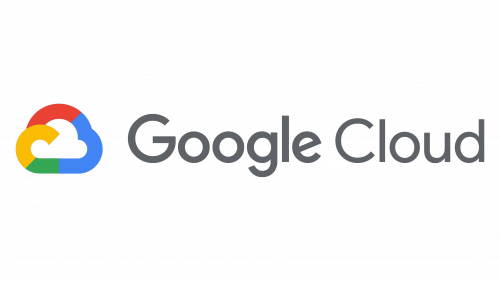Google Cloud Logo
Google Cloud orchestrates an array of computing services, rendering versatile hosting and computational solutions tailored for commercial entities. It harnesses robust computational resources, expansive data repositories, and sophisticated machine intelligence functionalities. Patrons tap into Google’s formidable infrastructure to craft and operate their digital offerings. Encompassing offerings such as Google Compute Engine, Google App Engine, and Google Cloud Storage, it also encompasses an arsenal of data orchestration and intelligent analytics instruments. Celebrated for its vast scalability, steadfast reliability, and fortified security measures, Google Cloud stands as a preferred platform for a spectrum of businesses and developer communities in pursuit of advanced cloud-based architectures.
Meaning and history
Inaugurated into the cloud cosmos in 2008, Google embarked on its voyage with the avant-garde Google App Engine, facilitating the creation of web applications within Google’s digital bastion. This bold initiative signaled Google’s foray into the realm dominated by cloud titans like Amazon Web Services.
Advancing its cloud conquest, Google introduced Google Cloud Storage in 2010, providing a stalwart and scalable haven for digital data. This expansion was a testament to Google’s ambition to architect a full-fledged array of cloud utilities.
2012 witnessed a strategic expansion as Google launched the Google Compute Engine, a scalable solution for virtual machine provisioning. This marked a significant expansion of Google’s cloud capabilities, inviting users to leverage an extensive array of computing services.
A year later, the Google Cloud Platform (GCP) was christened, unifying a diverse suite of cloud utilities under a singular banner. This strategic rebranding underscored Google’s intent to solidify its presence as a powerhouse in cloud computing, proffering a cohesive suite encompassing computation, storage, and application creation.
Google’s cloud spectrum continued to broaden, with pivotal additions like BigQuery, a tool for profound data examination, and Google Kubernetes Engine, showcasing Google’s commitment to contemporary application orchestration.
In 2015, the tech giant underscored its prowess in artificial intelligence with the Google Cloud Machine Learning Engine, a platform enabling the crafting of applications infused with the power of AI, harnessing Google’s forefront machine learning frameworks.
As time progressed, Google Cloud’s arsenal grew in breadth and depth, pivoting towards enterprise-caliber offerings, refined data stewardship, and the adoption of open-source frameworks. The debut of Anthos heralded Google’s dive into the realms of multi-cloud and hybrid-cloud configurations, underlining a steadfast dedication to adaptable and fortified cloud infrastructures.
Google Cloud’s odyssey has been punctuated by milestones of innovation and acknowledgments for its computing potency, sophisticated data analysis, and trailblazing in AI and machine learning realms. Its unwavering drive for novelty, stringent security measures, and alliance with open-source communities have been pivotal to its towering presence and influential stature within the cloud computing dominion.
Embarking further into the future, Google Cloud is poised to redefine the horizons of cloud technology with initiatives aimed at enhancing collaborative workspaces, advancing quantum computing interfaces, and amplifying the Internet of Things (IoT), setting new paradigms for the digital ecosystem’s scalability, adaptability, and security. With each technological stride, Google Cloud not only fortifies its infrastructure but also empowers an entire generation of businesses to envision and manifest a future that is more interconnected, intelligent, and innovative.
What is Google Cloud?
Google Cloud unfolds as a robust ensemble of cloud-centric services engineered by Google, delivering expandable infrastructure solutions encompassing computational strength, data warehousing, and algorithmic learning utilities. This platform empowers entities and software crafters to utilize Google’s sophisticated tech for accommodating and manipulating a broad spectrum of digital applications, thereby catalyzing creativity and streamlining operations in the technological realm.
2016 – Today
The logo presents a modern, minimalist design with the iconic Google color scheme, featuring hues of blue, red, yellow, and green. These colors are arranged in a stylized cloud shape, symbolizing the seamless integration of various services within the Google Cloud platform. The typeface used for the “Google Cloud” text is simple, clean, and approachable, with a soft gray hue that complements the vibrant cloud motif. The logo’s overall aesthetic conveys a sense of innovation, diversity, and reliability, aligning with Google’s branding as a leading technology provider.











